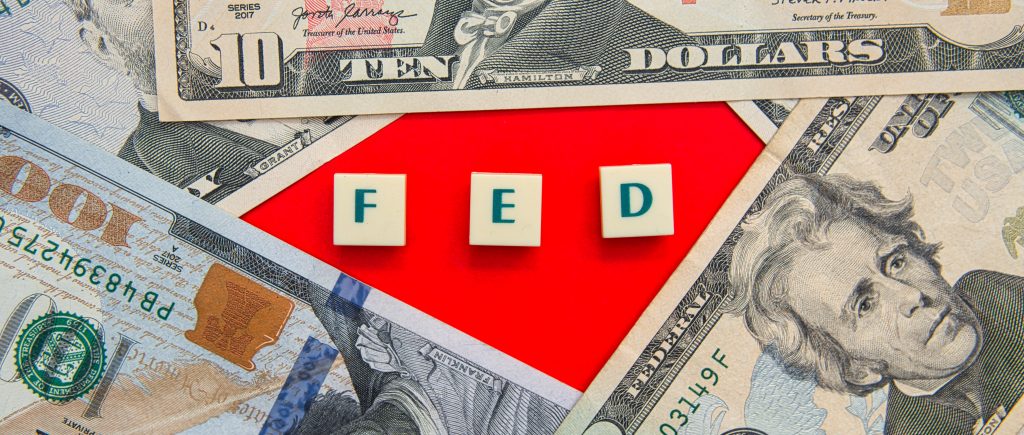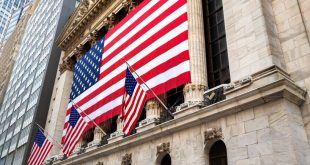Earlier this week, Federal Reserve officials said that the US economy remains strong, but that they will be monitoring upcoming data for warning signs. Officials said they need to keep close tabs on job market data and ensure inflation doesn’t reignite.
The Federal Reserve’s recent aggressive interest rate cuts, aimed at stimulating economic growth and mitigating the risks of a recession, are closely tied to upcoming economic data. While the central bank believes the economy remains strong, it’s closely monitoring key indicators to ensure that inflation doesn’t reignite and the labor market doesn’t weaken.
The Fed’s decision to cut interest rates by a larger-than-usual half-point reflects its commitment to aligning monetary policy with the economy’s performance. Despite encouraging signs of cooling inflation and a robust labor market, Fed officials have expressed caution. They believe that a rate cut is necessary to prevent the economy from stagnating, given the current conditions.
Minneapolis Fed President Neel Kashkari emphasized the data-dependent nature of future rate cuts. He suggested that smaller cuts are likely, given the current economic uncertainties. The Fed’s ability to maneuver depends on the trajectory of the economy, as indicated by key economic indicators.
While some “warning signs” have emerged in recent data, such as job vacancy rates and loan delinquencies, consumer spending and wage growth remain strong. Atlanta Fed President Raphael Bostic highlighted the flexibility provided by the recent rate cut, allowing the Fed to adjust its pace based on economic developments.
The Importance of Economic Indicators
The Fed’s decision-making process is heavily influenced by a range of economic indicators. These include: Fed closely monitors inflation to ensure it remains within its target range. Rising inflation can lead to higher interest rates to curb spending and prevent the economy from overheating. The unemployment rate indicates a strong labor market, which can support economic growth. However, a persistently low unemployment rate can lead to wage pressures, which could contribute to inflation. Consumer spending is a major driver of economic growth. A decline in consumer spending can signal economic weakness and may prompt the Fed to cut interest rates to stimulate demand. Business investment is another key driver of economic growth. A decline in business investment can indicate economic uncertainty and may prompt the Fed to cut interest rates to encourage investment.
Avoiding Recession and Inflation
The Fed’s primary goal is to achieve a soft landing, which means slowing the economy without causing a recession. This is a delicate balancing act, as the Fed must carefully calibrate its monetary policy to avoid both inflation and economic contraction.
If inflation begins to rise, the Fed may need to raise interest rates to cool the economy. However, if the economy starts to weaken, the Fed may need to cut interest rates to stimulate growth. The Fed’s ability to navigate this complex landscape is crucial to maintaining economic stability.
What’s Next?
The Federal Reserve’s future rate cut path remains uncertain, as it will depend on how the economy evolves. If the economy continues to show signs of strength, the Fed may be able to gradually reduce interest rates without causing inflation to rise. However, if the economy weakens or inflation accelerates, the Fed may need to adjust its plans.
The Federal Reserve’s interest rate cuts are closely tied to upcoming economic data. The central bank’s ability to navigate the complex economic landscape will be crucial in determining the future path of monetary policy.
 Noor Trends News, Technical Analysis, Educational Tools and Recommendations
Noor Trends News, Technical Analysis, Educational Tools and Recommendations





